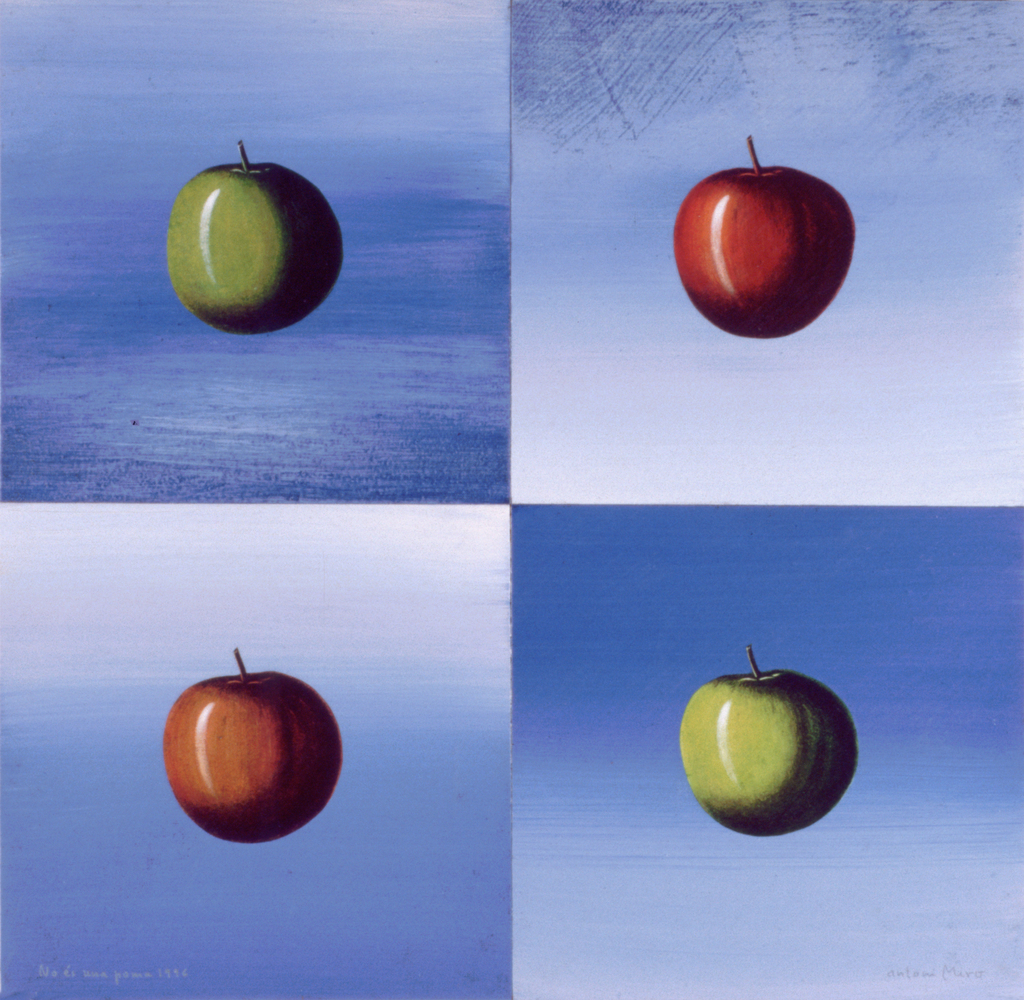Literature in the landscape
The Italian "transvanguardia", as well as the German "neoexpressionism", include “literature” among their creative resources, in order to incorporate part of the classical tradition, including also the modernity (futurism, metaphysical painting, etc.) in their pictorial proposals. In a collective work "Fine delle avanguardie", the art critic A. Bonito Oliva, in his study "l'Arte nella neo-avanguardia italiana", 1978, attributes, in art, a profound absence of ideology and a rejection to experimentalism , with an evident tendency towards information, far above the communication desires. The transvanguard, finally, will lean, roughly, towards an art in perpetual movement in all directions, opening the egocentric vision prevailing among the painters of the time.
In the pictorial landscape of the artist Antoni Miró, in his clear human landscape, colours ferment in passion when they reveal the imperative need to come to the rescue of the "voiceless". The landscape reverses the evidence in poetic function of very different nature. It is men who circulate through the meadows of life. The situations of imminent risk are those that come together in the manner of insistent polysyndeton. The psychologies of the glances, eager to capture a gram of complicity, are those who interrogate us through the paintings, and who so many other times have enlarged, by means of proper literature, forgotten remains in the attic of memory. The painter works, now, with a communicative will, and incorporates into his proposals pinches of other people's stories to enrich, by being ironic, the monumentality of canvases that are enlarged with the sum of the ingenious minds.
Josep Sou
